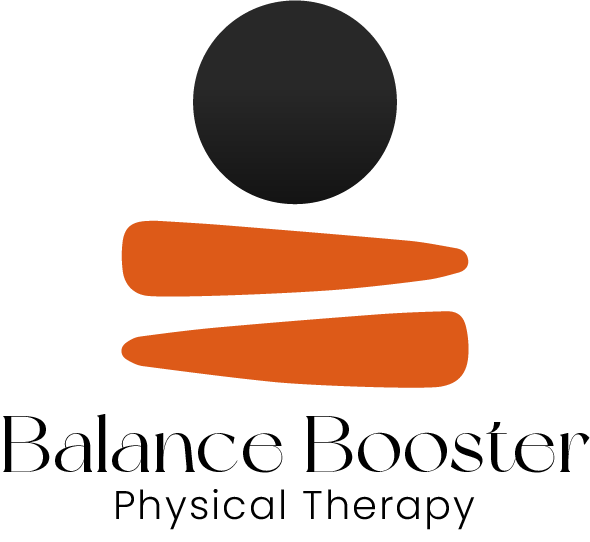Is exercise an effective therapy to treat long-lasting low back pain?
Long-lasting (chronic) low back pain is a common cause of disability across the world and is expensive in terms of healthcare costs and lost working hours. Exercise therapy aims to increase muscle and joint strength and improve muscle function and range of motion. This should reduce pain and disability, and speed recovery and return to usual activities. Exercise therapies are designed or prescribed by health professionals and cover a range of exercise types, durations, and delivery methods. Examples of exercise therapies include general physical fitness programs delivered in a group setting, aerobic exercise in the form of walking programs, and strengthening of specific muscles or groups of muscles to increase core stability.
Exercise probably reduces pain compared to no treatment, usual care or placebo in people with long-lasting (chronic) low back pain. Exercise may reduce pain and improve disability compared to common treatments such as electrotherapy or education. Research study suggests moderate-certainty evidence that exercise is probably effective for treatment of chronic low back pain compared to no treatment, usual care or placebo for pain. The observed treatment effect for the exercise compared to no treatment, usual care or placebo comparisons is small for functional limitations, exercise to have improved pain (low-certainty evidence) and functional limitations outcomes (moderate-certainty evidence) compared to other conservative treatments; however, these effects were small and not clinically important when considering all comparisons together. Subgroup analysis suggested that exercise treatment is probably more effective than advice or education alone, or electrotherapy, but with no differences observed for manual therapy treatments.


